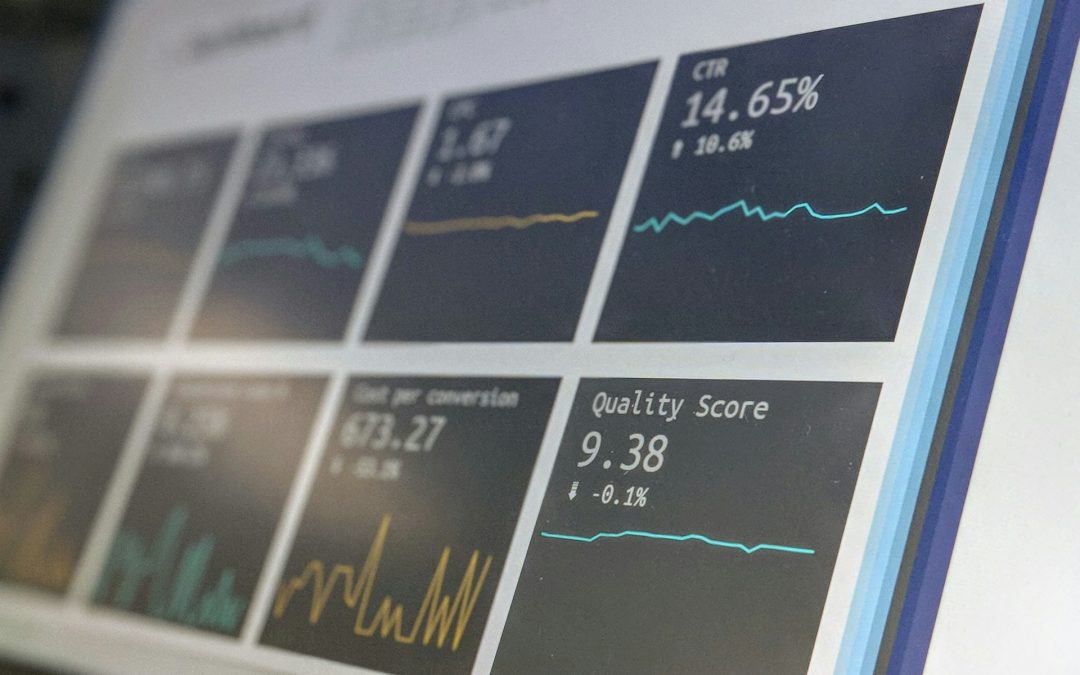
Innovative Technologies in Financial Crime Prevention
Financial crime is a significant threat to the global economy, affecting financial institutions, businesses, and individuals. To combat these sophisticated crimes, innovative technologies are being developed and deployed. This article explores the advanced tools and techniques used in financial crime prevention, highlighting how they help detect and prevent financial crimes effectively.
Key Technologies in Financial Crime Prevention
1. Artificial Intelligence (AI) and Machine Learning
Description: AI and machine learning algorithms analyze vast amounts of data to identify patterns and anomalies that may indicate financial crimes.
How It Works:
- Data Analysis: AI systems analyze transactional data, customer behavior, and other relevant information.
- Pattern Recognition: Machine learning models detect unusual patterns and flag them for further investigation.
- Predictive Analytics: These models predict potential fraudulent activities based on historical data.
Benefits:
- Efficiency: Automates data analysis, reducing the burden on human analysts.
- Accuracy: Enhances the accuracy of detecting financial crimes by minimizing human error.
- Proactive Prevention: Identifies potential threats before they result in significant losses.
2. Blockchain Technology
Description: Blockchain provides a secure and transparent way to record transactions, making it difficult for criminals to tamper with or alter records.
How It Works:
- Immutable Ledger: Transactions are recorded in a decentralized ledger that cannot be altered once added.
- Smart Contracts: Automate and enforce compliance checks and contractual obligations.
- Traceability: Provides a transparent trail of transactions that can be audited by authorized parties.
Benefits:
- Security: Protects against data tampering and fraud.
- Transparency: Enhances transparency and accountability in financial transactions.
- Efficiency: Streamlines compliance processes through automation.
3. Biometric Authentication
Description: Biometric authentication uses unique biological traits, such as fingerprints, facial recognition, and iris scans, to verify identities.
How It Works:
- Biometric Data Capture: Captures and stores biometric data during user registration.
- Verification Process: Compares the captured data against stored biometric information during transactions.
- Continuous Monitoring: Uses biometric data for ongoing verification and monitoring.
Benefits:
- Security: Provides a high level of security by using unique biological traits.
- User Convenience: Simplifies the authentication process for users.
- Fraud Prevention: Reduces the risk of identity theft and fraudulent activities.
4. Advanced Analytics
Description: Advanced analytics tools analyze large datasets to uncover insights and detect financial crimes.
How It Works:
- Data Integration: Combines data from various sources, including internal systems and external databases.
- Real-Time Analysis: Analyzes data in real-time to detect suspicious activities.
- Visualization Tools: Uses visualization tools to present data in an easily understandable format.
Benefits:
- Comprehensive Insights: Provides a holistic view of financial activities and potential risks.
- Timely Detection: Identifies suspicious activities in real-time, allowing for prompt action.
- Informed Decision-Making: Supports decision-making with data-driven insights.
Case Studies: Successful Implementation of Innovative Technologies
1. AI in Fraud Detection
Example: A major bank implemented an AI-powered fraud detection system that reduced false positives by 80% and identified previously undetected fraudulent activities.
2. Blockchain for Secure Transactions
Example: A financial services company used blockchain technology to secure international transactions, reducing the risk of fraud and ensuring compliance with regulatory requirements.
3. Biometric Authentication in Online Banking
Example: An online bank adopted facial recognition technology for user authentication, enhancing security and improving the user experience.
Innovative technologies play a crucial role in financial crime prevention, providing advanced tools and techniques to detect and prevent fraudulent activities. AI, blockchain, biometric authentication, and advanced analytics are just a few of the technologies revolutionizing the fight against financial crime. By leveraging these technologies, financial institutions can enhance security, improve efficiency, and protect their customers from financial crimes.











